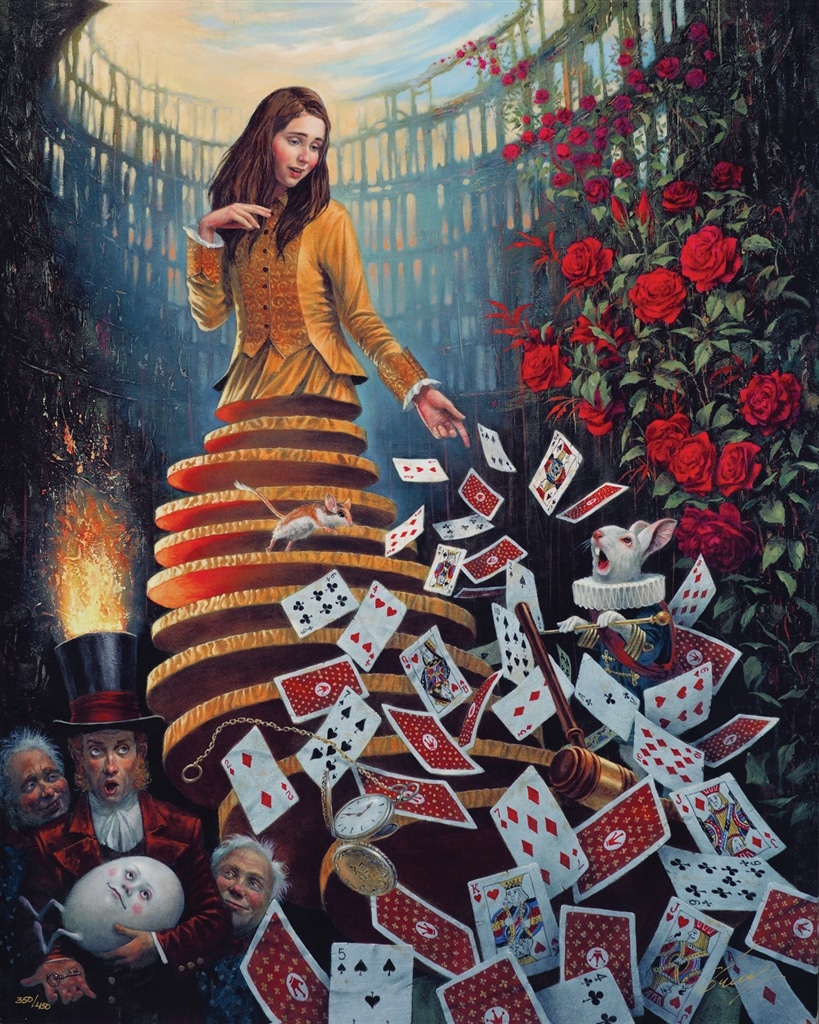We can trace much of Hegel back to Spinoza, Leibniz and Kant. But what if Spinoza and Leibniz themselves represented but an adaptation or even simplification of little known medieval esoteric texts? And that such texts gave a firm foundation for the synthesis of Hegel with Schopenhauer? What if the unfolding of Hegel's Logic or Phenomenology of Spirit can be interpreted as representing the process of spiritual liberation and totalization and harmonization of all states of being?
Essence becoming actuality in the Science of Logic: beyond different models for a theory, different frames of reference for physics, representations for an algebraic structure, etc. Do we not here have the phenomenological reflection which neither attempts to have empty thought grasp directly its own structure nor is thought loosing itself in the objectified engagement in its action, but rather is the self-reflected awareness of thought in its thinking, a shift of perspective which knows itself in its process? This goes beyond causality, computation and formal logic to inner and infinite spiritual knowledge. Spiritual knowledge is knowledge that what is in consciousness is taken and proceed from its inmost center, a revelation, veiling-unveiling, which must pass to reveal the process: the revelation is re-velation.
The first part of Schopenhauer's World as Will and Representation is divided into four books. It would be interesting to establish a correspondence with the Science of Logic. Clearly books 1 and 2 correspond to Being and Essence while books 3 and 4 correspond to Concept. However books 1 and 2 are written from the perspective 'for us', from the point of view of transcendental reflection. From this perspective books 1 and 2 belong to Essence and their philosophical knowledge expresses with great rigor and detail Hegel's theory of appearance, existence, substance, necessity, causality and actuality. Or maybe Hegelian substance is much like the spontaneous production and manifestation of the will in Schopenhauer. It goes beyond phenomena and appearance because the will is immanent in its manifestation, totally in each one and beyond any particular one. The will has to manifest. Transcendental reflection, artistic contemplation and spiritual development represent the will's progressive self-knowledge, return to self, the Hegelian Spirit in the form of the concept.
Category Theory: a category expresses essence. Each object is a different mode whose determination is inseparable from its relations (morphisms) to the whole (all possible determinations). An object is an expression of the category and yet not the category (for there are other objects). At the same time this circumstance of the object not being the category is itself internalized and expressed as the object being itself the sum-total of its relations (morphisms) with all other objects (i.e. with the totality of the category). This expressed also that the object is the category.
The original theory and spiritual practice of Buddhism was lost or substantially distorted (though recovered to a certain extent by the Mahayana and specially in the Yogacara school). Thus the Pali canon does not represent the full and pure doctrine or practice of the Buddha. For instance the brahma-viharas must have originally occupied a central place in practice. The ayatanas and kandhas must have been organized differently in a manner (for instance how can one speak of clinging to the khandas and yet clinging itself not be a khanda ?) closer to the Upanishads, Yoga and Samkhya. The theory of the self was different: identical to that of Advaita Vedanta. Thus what is important is knowing the energies and structures that produce the limited posited ego and how these energies and structures depend on other ones. Thus ahamcara (pride, self-assertion, principium individuationis), manas (vitakka, vicara) and samkhara(will) form a tightly connected energetic feed-back loop. Ahamcara (and the goal of transcending and involuting it) was erroneously removed from the list of khandas, from the fundamental aspects, structures and energies of consciousness (though this is still implicit in the suttas in the form of sakayaditi and mana). The core vital doctrine was the mutual reinforcement between sankhara, ahamcara and vitakka-vicara (this is partially recoved in Yogacara). Viraga, detachment had to be accompanied simultaneously with brahma viharas, with the involution and conversion of sankhara (as the Lankavatara sutra states), the involution and nullification of ahamcara. These are the inverted supramundane versions of fundamental energies and structures. The role of sadda and spiritual power and the overcoming of vitakka-vicara (as in the Yoga-sutras) was more of less lost.
A spiritual topography, the structure of consciousness. At one level a network, a labyrinth, of interconnected, mutually powering and directing energy centers (creative factories). At a deeper level the entire factory flows out from more fundamental energies, forces and structures. Creative factors work in various modes, one being 'identification', another being 'unfolding expansion' another 'inhibition'. Ancient wisdom consists in finding the key substrate energies and structures and their polarization and supply to the total network of consciousness, and to invert and counter these energies, to repolarize and create a global involution of the entire scheme and at the same time find the hidden but infinite 'heart' of all possible consciousness and spiritual substance.
Summary constitution of the external energies and structures of the soul: five sense spheres and organs, the self-impression-structure, discursive thought, memory, feeling, will (note we are well aware of how this could be rewritten in a slightly different form with reference to contemporary neuroscience; we plan to explore the deeper significance of the cranial nerves). The tools: detachment, insight, watchfulness, inversion, conversion (turning inwards), involution, concentration. These allow access to the incomparably vaster 'inner' layers and domains.
